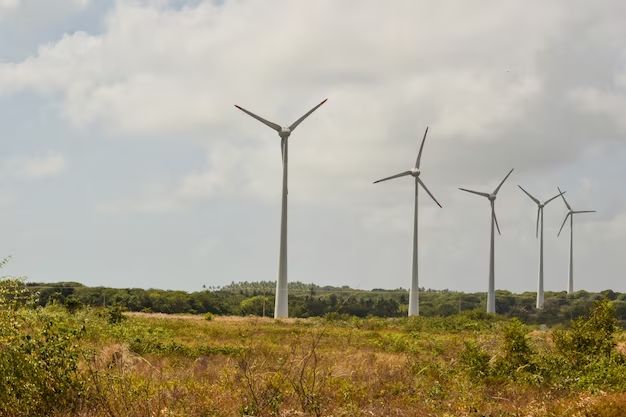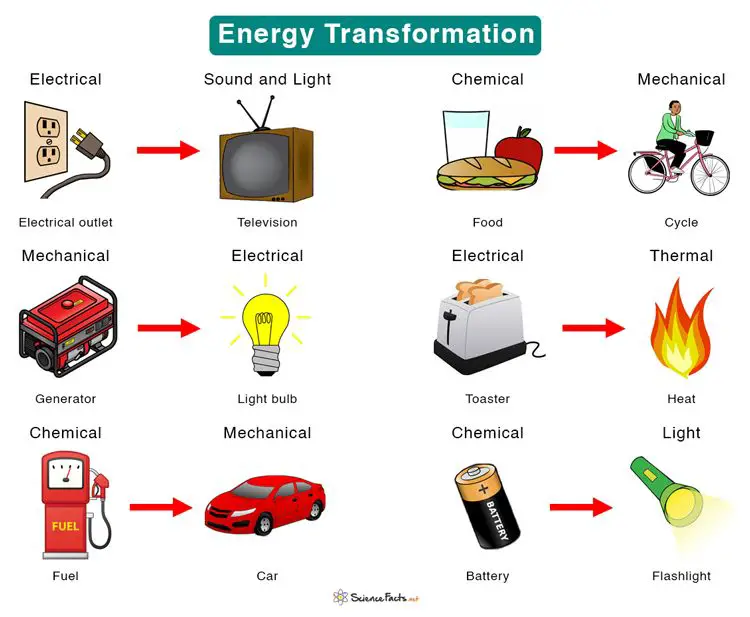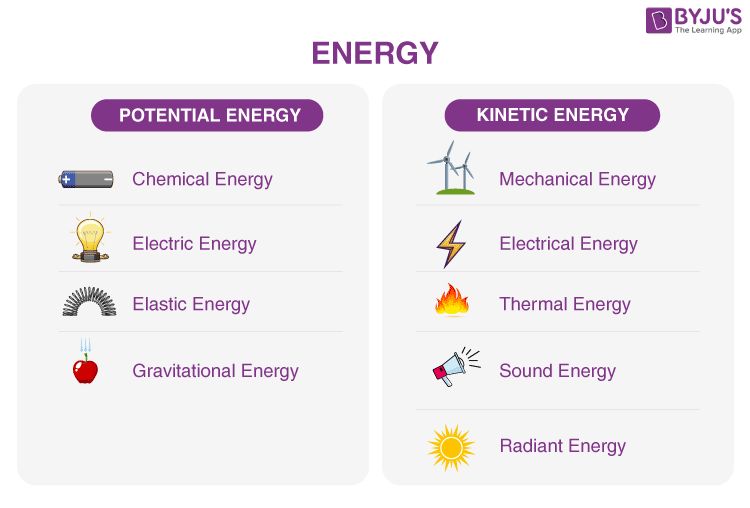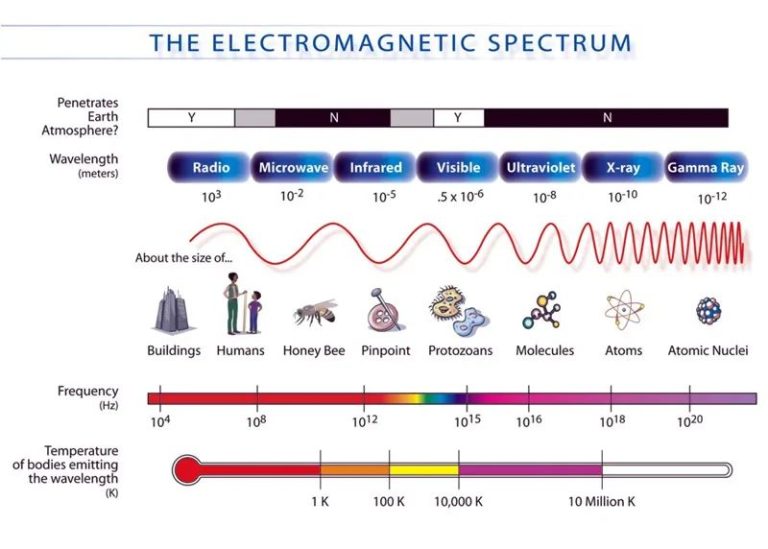What Is The Status Of Non Conventional Energy Sources In India And What Are Their Future Prospect?
Non-conventional energy sources refer to renewable sources of energy that are alternatives to fossil fuels like coal, oil and natural gas. India has an increasing energy demand in order to support its large and growing population, and has challenges meeting this demand through conventional fossil fuels alone. Non-conventional sources like solar, wind, hydroelectric, biofuels and nuclear energy are seen as important ways for India to meet its energy needs in a sustainable manner and reduce dependence on imported fossil fuels.
According to the International Energy Agency (IEA), India’s total primary energy consumption was about 949 million tonnes of oil equivalent (Mtoe) in 2020. Fossil fuels like coal, oil and natural gas accounted for over 70% of this demand. However, India aims to have 40% of its installed electricity capacity from non-fossil sources by 2030, as part of its climate goals under the Paris Agreement.(IEA)
Expanding non-conventional energy can help India meet its increasing electricity demand in an environmentally responsible way. But integrating these renewable sources into the grid alongside conventional power poses technical and infrastructure challenges that need to be overcome.
Solar Energy
India’s solar power installed capacity was 73.32 GWAC as of 31 December 2023 [1]. This is a significant increase from just 2.6 GW in 2014 [2]. The Indian government has set a target of 100 GW of solar capacity by 2022, as part of the National Solar Mission [2]. Key government policies that have driven growth in the solar sector include capital and interest subsidies, tax holidays, generation-based incentives, and renewable purchase obligations for utilities [1].
The cost of solar power has fallen dramatically in recent years, making it cost competitive with conventional sources of energy. In 2010, the cost of solar power was ₹17.9/kWh, but it dropped 85% to ₹2.44/kWh in 2019 [2]. This is cheaper than new coal power at ₹4.39/kWh. The levelized cost of solar photovoltaic electricity is now comparable to, or lesser than, the marginal cost of supply from the grid [2].
Major solar projects and installations in India include the Bhadla Solar Park in Rajasthan (2255 MW), the Kurnool Ultra Mega Solar Park in Andhra Pradesh (1000 MW), and the Pavagada Solar Park in Karnataka (2050 MW) [1]. To meet its 2022 target, India will need to install around 15 GW of solar capacity per year over the next four years [2]. The future of solar energy appears bright, with India projected to add 56 GW of solar capacity from 2023 to 2026 [1].
[1] https://en.wikipedia.org/wiki/Solar_power_in_India
[2] https://mnre.gov.in/solar-overview/
Wind Energy
India has made significant progress in wind power generation in recent years. As of 31 December 2022, the total installed wind power capacity was 44.736 gigawatts (GW) [1], making India the fourth largest installed wind power capacity in the world. Wind power accounts for nearly 10% of India’s total installed power generation capacity.
The key states for wind power generation are Tamil Nadu, Gujarat, Maharashtra, Karnataka and Rajasthan. Tamil Nadu has the highest installed capacity with 14.3 GW, followed by Gujarat at 11.3 GW. These five states account for over 80% of the total wind power installation in India [2].
The outlook for wind energy is positive, with the Indian government aiming to have 175 GW of renewable energy capacity by 2022, of which 60 GW is expected to come from wind power. The likely installed capacity of wind power in India by 2029-30 is estimated to be around 100 GW [3]. With suitable policy support and investments, India has the potential to become one of the top wind energy producers globally.
Hydro Power
India is blessed with immense hydro power potential. According to the Ministry of Power, India’s hydroelectric power potential is estimated at 148,700 MW[1]. As of 2022, India has a hydroelectric installed capacity of 51,000 MW, accounting for roughly 14% of the country’s total power generation capacity[2].
Hydroelectric power generation has grown steadily in India over the past decade. In 2009, India had a hydroelectric installed capacity of 34,864 MW[3]. This has increased by over 46% to reach 51,000 MW in 2022. The potential for future growth remains immense – India has developed only about 34% of its total hydro power potential so far.
The government aims to increase hydro capacity to 66,000 MW by 2030 as part of its renewable energy push[4]. Key hydro projects under development or planned for the future include the Subansiri Lower HE Project (2,000 MW) in Arunachal Pradesh, Tehri Pumped Storage Plant (1,000 MW) in Uttarakhand, and Sawalkot HE Project (1,856 MW) in Jammu & Kashmir.
Several challenges exist in fully tapping India’s immense hydro power potential. These include environmental concerns around biodiversity, rehabilitation of displaced communities, inter-state water disputes, and long gestation periods. However, hydro power remains crucial for meeting renewable energy targets and boosting grid stability with peak power.
[1] https://powermin.gov.in/en/content/hydro-power
[2] https://www.orfonline.org/expert-speak/hydropower-in-india-an-update
[3] https://www.statista.com/statistics/865742/india-hydropower-capacity/
[4] https://powermin.gov.in/en/content/power-sector-glance-all-india
Biofuels

India is steadily increasing its production and use of biofuels like ethanol and biodiesel. The country has set a target of 20% ethanol blending in petrol and 5% biodiesel blending in diesel by 2030 (https://fas.usda.gov/data/india-biofuels-annual-8).
Ethanol production in India has grown rapidly in recent years, reaching 3.25 billion liters in 2022 (https://www.iea.org/commentaries/india-could-triple-its-biofuel-use-and-accelerate-global-deployment). Most ethanol production uses sugarcane molasses as feedstock. Biodiesel production is around 2.7 million metric tons, utilizing non-edible oilseeds like jatropha and pongamia as feedstocks.
The government has implemented ethanol blending mandates, starting with 5% blending in 2007 and reaching 10% blending in 2022. The 20% target for 2030 will require around 10 billion liters of ethanol annually. For biodiesel, the mandate is for 5% blending by 2030 which requires 4.5 billion liters per year.
Key challenges for India’s biofuels growth include the need for more feedstock availability, improving conversion technologies, developing distribution infrastructure, and reducing costs to be price competitive with petroleum fuels. But the government is providing strong policy support and incentives to aid the biofuels industry.
Waste-to-Energy
India has significant potential to generate energy from urban, industrial, and agricultural waste. According to government estimates, India has the potential to generate over 5 gigawatts of electricity from waste, but current installed capacity stands at just 172 megawatts as of May 2023 [1]. Much of this potential remains untapped.
Major existing waste-to-energy projects in India include a 16 megawatt plant near Delhi, 12 megawatt plant in Jabalpur, and smaller plants in Hyderabad, Vijayawada, Lucknow, and Bengaluru. Several new projects are also under development or planned, including a 40 megawatt plant in Navi Mumbai [2].
The Indian government has launched policy initiatives to promote waste-to-energy under the Swachh Bharat Mission. Key incentives include preferential tariffs, tax breaks, and financial support for new plants using incineration, biomethanation, and other technologies. However, waste segregation and management remain challenges. Further government efforts on waste segregation and establishing waste supply chains will be crucial for utilizing India’s full waste-to-energy potential.
Nuclear Energy
India currently has 22 nuclear reactors in operation across 8 nuclear power plants, with a total installed capacity of 7,380 MW as of November 2020. This accounts for about 3.4% of India’s total electricity generation capacity (Nuclear Power in India).
The government has set ambitious goals for expanding nuclear capacity. It aims to have 14.6 GWe nuclear capacity online by 2024 and 22 GWe by 2031. Several new projects are underway, including new reactors at existing power plants like Kudankulam, as well as completely new nuclear power plants (Nuclear power in India).
However, India faces some challenges in growing its nuclear sector. Construction of new reactors often faces delays. There are also concerns about nuclear safety regulations and liability laws that have limited foreign companies’ involvement. Local opposition to nuclear plants has also stalled projects. But the government remains committed to advancing nuclear power to increase energy security and meet rising demand (Nuclear power in India).
Geothermal Energy
India has significant potential for geothermal power generation, with estimates ranging from 10,000 MW to 20,000 MW of capacity1. The states with the highest potential include Jammu and Kashmir, Uttaranchal, Himachal Pradesh, Bihar, Chhattisgarh and parts of the North East2. Currently, India has a modest installed geothermal capacity of less than 50 MW from projects at Puga Valley in Ladakh and Tatapani in Chhattisgarh.
The future outlook for geothermal energy in India looks promising, as the government has set a target to achieve 10,000 MW of installed capacity by 2030. Key areas of focus include conducting more extensive geological studies to identify potential sites, building technical expertise and knowledge transfer, and developing policy incentives to attract private investment in geothermal projects. If fully realized, geothermal power can provide India with a stable, renewable baseload power source and support the country’s climate change mitigation efforts.
Tidal Energy
India has a coastline of over 7,500 km with potential tidal energy sites located in the Gulf of Khambhat and the Gulf of Kutch in Gujarat on the west coast, as well as Ganga delta in West Bengal on the east coast.1 The theoretical potential for tidal power in India is estimated at about 12.4 GW.2
A few pilot projects have been undertaken to test tidal energy technology in India. A 1 MW tidal energy demonstration project was established in 1991 at Vettal near Kanyakumari in Tamil Nadu by the National Institute of Ocean Technology (NIOT). In 2006, a 2 MW pilot tidal power plant was installed and grid connected near Durgaduani creek in Sunderbans, West Bengal. However, both these pilot projects were later discontinued.
The viability of tidal power in India faces challenges due to high capital costs of tidal barrage construction and perceived environmental impacts. Tidal energy has intermittency issues as well since tides occur only twice a day. But tidal currents are more predictable than wind or solar power. Overall, tidal energy holds promise but needs more pilot studies to test economic and environmental feasibility before being harnessed on a large commercial scale.
Conclusion
India has made significant progress in developing renewable energy sources like solar, wind, and hydro power over the past decade. However, these sources still only make up a small percentage of India’s overall energy mix, which is still dominated by fossil fuels like coal.
While costs for renewable energy have come down dramatically, there are still challenges around grid integration, energy storage, and financing that need to be overcome for wider adoption of renewables. Supportive policies and regulations, public-private partnerships, and innovative business models can help address these issues.
India has tremendous untapped potential for renewable energy given its large landmass, extensive coastline, and high solar insolation levels. With the right investments and policies, renewable energy can play a major role in meeting India’s growing energy needs in a sustainable manner while also supporting the broader development agenda.
Some recommendations for the future include:
- Establish clear, long-term policies and targets for renewable energy development
- Invest in modernizing and expanding transmission infrastructure
- Promote decentralized and off-grid renewable energy solutions
- Incentivize domestic manufacturing and R&D in renewables
- Create innovative financing mechanisms and PPP models
- Undertake capacity building and training programs
- Raise public awareness about renewable energy
With concerted efforts towards scaling up renewables, India can transition to a more energy secure and low carbon future while supporting economic growth and social development.






